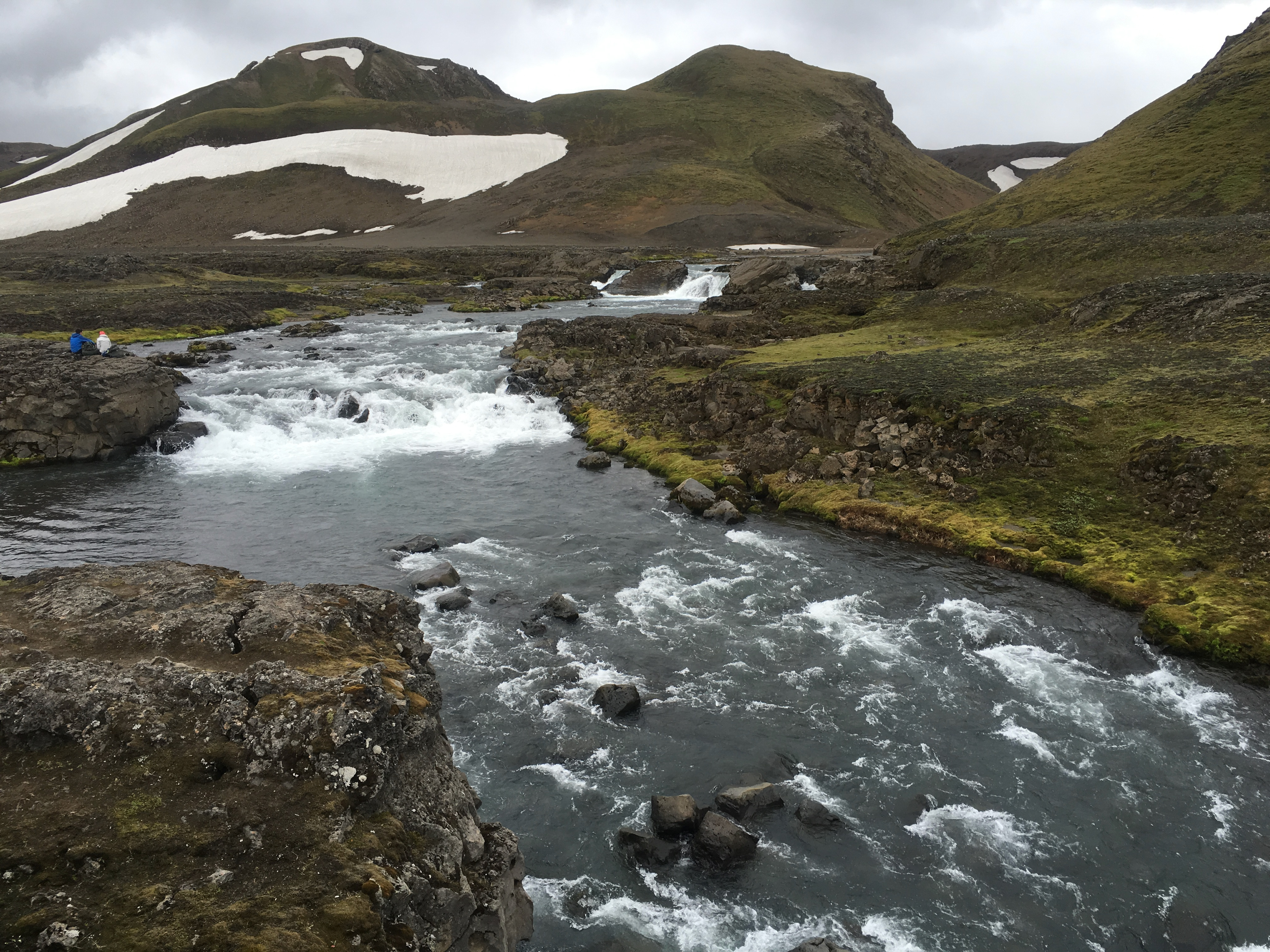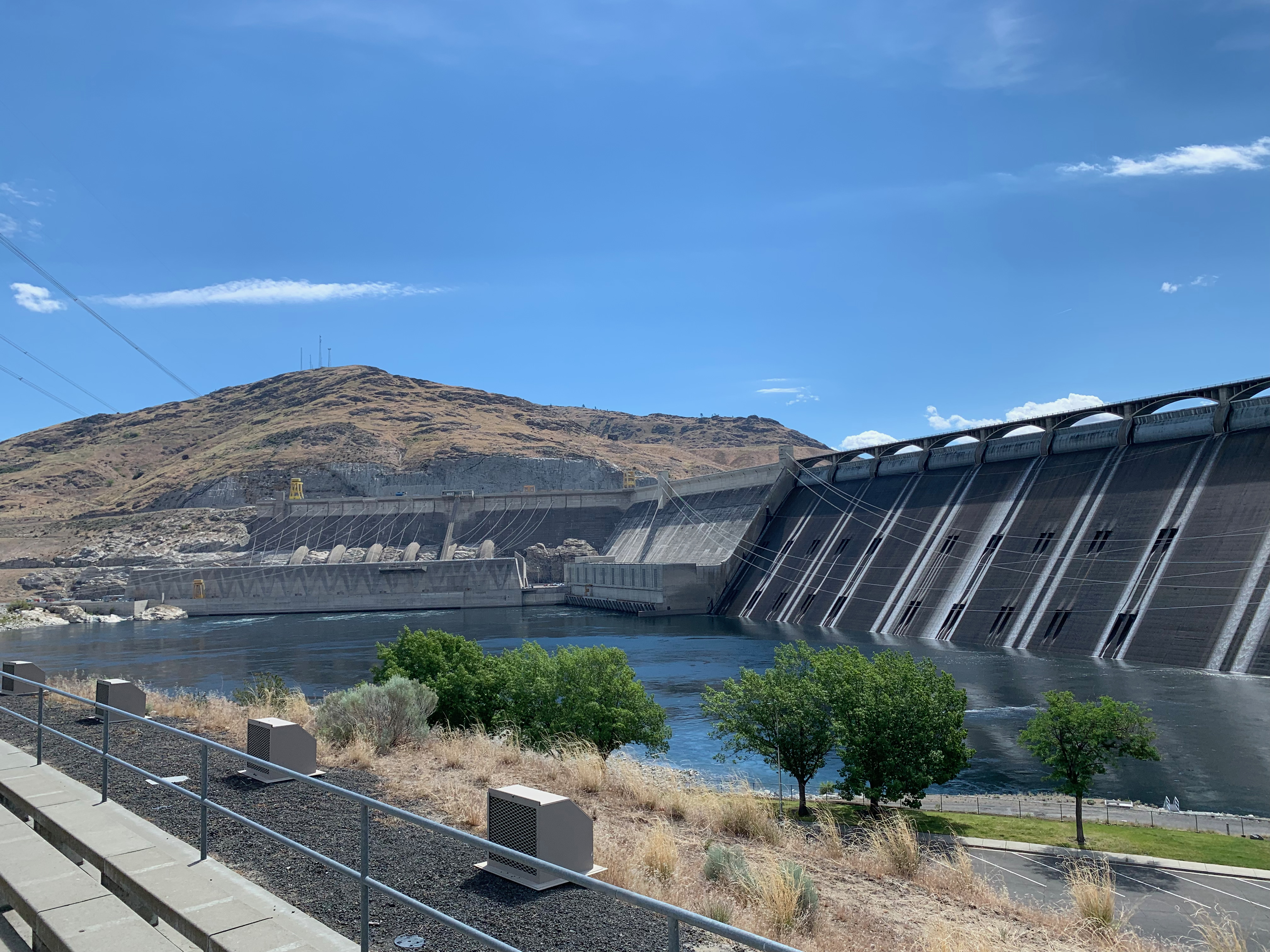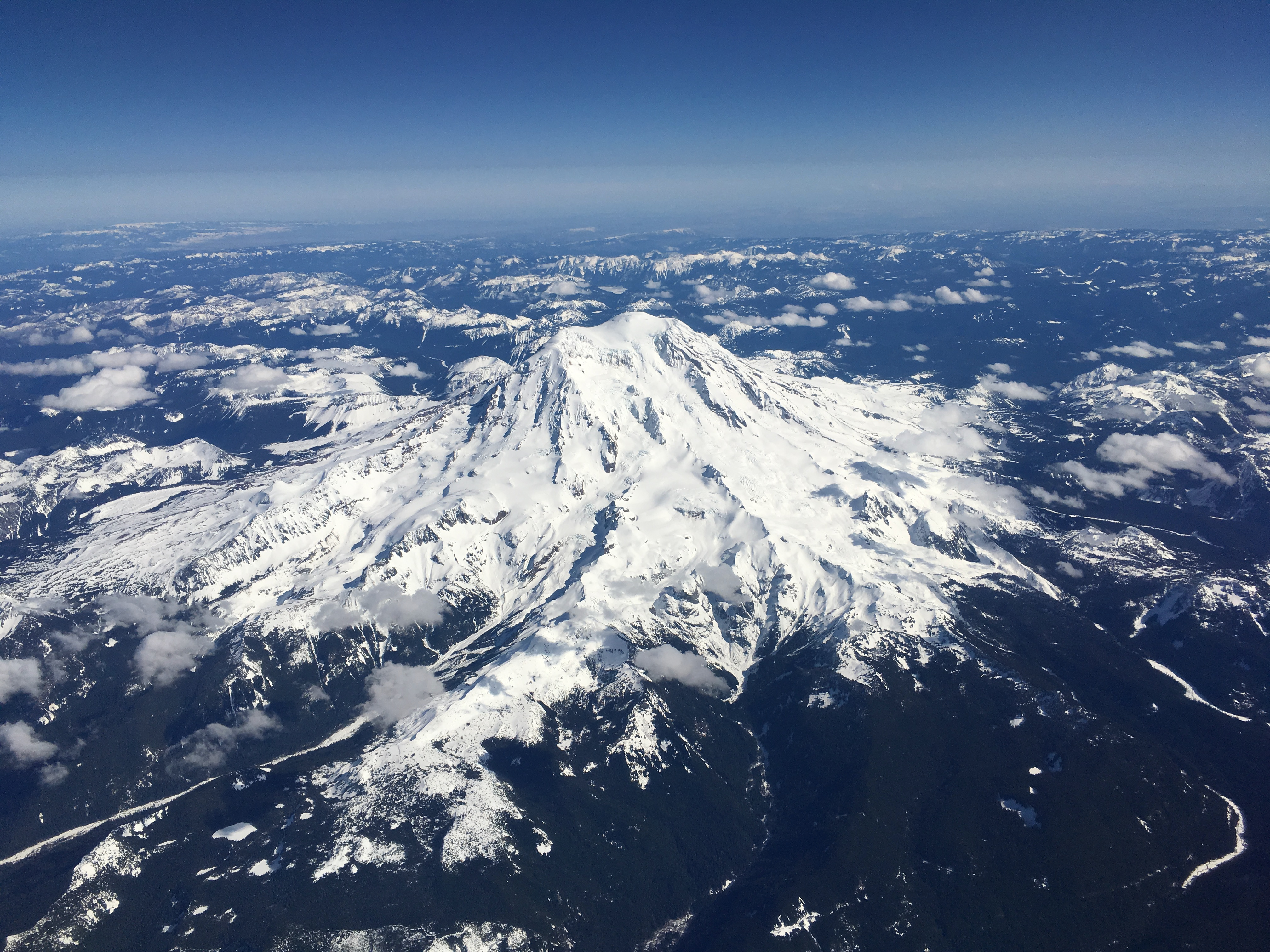Bart Nijssen
University of Washington
Citation
For more than 20 years, Dr. BartNijssen has served as one of the main programmers for the Variable Infiltration Capacity Model (VIC), which was originally developed at the University of Washington’s Department of Civil and Environmental Engineering in the early 1990s and which benefited from scientific and code improvements by a large cast of scientists. A macroscale hydrologic model, VIC is used to solve water and energy balances in major river basins around the world. Today, if anyone carries out a simple search on the web or Web of Science (for citation tracking) for the term “VIC,” there are at least 13 million search results (on Google Scholar that is 0.5 million) and more than 35,000 Web of Science citations that have accumulated from 1996 to 2021. Most of these citations appear in diverse topics ranging from, but not limited to, macroscale hydrology, climate change, water management, crop science and natural resource management using the VIC model as the key modeling tool. Incidentally, 1996-2021 is also the time period that Bart has been unselfishly and relentlessly devoting his time to serve the scientific community. Bart’s “labor of love” spanning two decades has enabled the lion’s share of these numerous scientific breakthroughs, as evident from the numerous citations, by building/maintaining a robust computational hydrology infrastructure for the VIC model. Bart has spent most of his career managing the modeling process for the global Earth science community (e.g., code management, model coupling, estimating forcing data and model parameters, data management), which has accelerated scientific advances by strengthening the model ecosystem. The proof is in the average rate of 1,400 citations per year on VIC alone. Bart burned the midnight candle just to develop best practices for software on coding standards and version control, reproducible and sharable model workflows, documentation for developers and users and continuous testing. Indeed, the global success of the VIC model is in large part due to the open-source code base. It would be wrong to confine Bart’s unselfish service to the broader scientific community in terms of just one hydrologic modeling effort. Bart, along with many other scientists, has applied the same unselfish service to building and maintaining a publicly accessible and newer modeling infrastructure for several other models such as the Distributed Hydrology Soil Vegetation Model, RVIC and, most recently, the community-driven SUMMA (Structure for Unifying Multiple Modeling Alternatives). What makes Bart’s impact in maintaining this computational hydrology infrastructure more unique is that Bart did all this without much external support, unlike many federally supported community programs that exist today for such large-scale modeling efforts. It is therefore truly wonderful to see AGU recognize Dr. Bart Nijssen for the 2021 Edward A. Flinn III Award.
— Faisal Hossain University of Washington Seattle, Washington
Response
I am truly honored to receive AGU’s Edward A. Flinn III Award. The award is especially meaningful to me because it is given in recognition of “unselfish cooperation in research,” an activity that stresses the collective effort required to build, collect and maintain the infrastructure, data sets and tools that drive our innovations. The collaborative nature of this work has made me part of an amazing community of colleagues and friends, who have allowed me to be a part of their scientific endeavors.
The VIC model mentioned in the citation is an example of such a collective effort. I did not conceptualize or implement the first version of this model and am only one among many who spent their time developing, improving and applying the model. Much of this day-to-day work is invisible, and many have dedicated large amounts of time to similar efforts without much thought to an immediate payoff.
There are many who would be deserving of this award, and I am grateful to be its 2021 recipient. I would like to thank the nominators and, of course, my mentors, collaborators, colleagues and family for making it all possible.
— Bart Nijssen
University of Washington
Seattle, Washington
Field Photos




